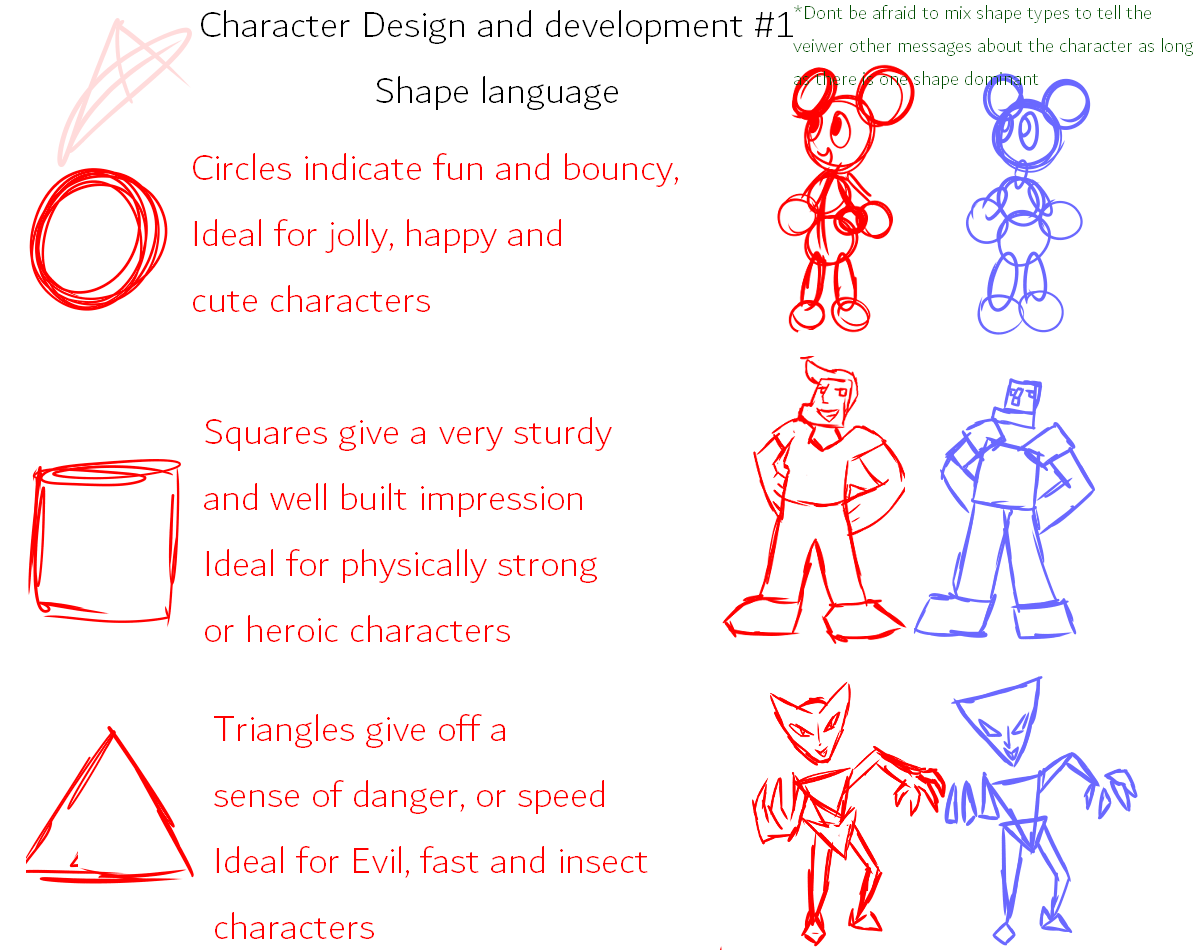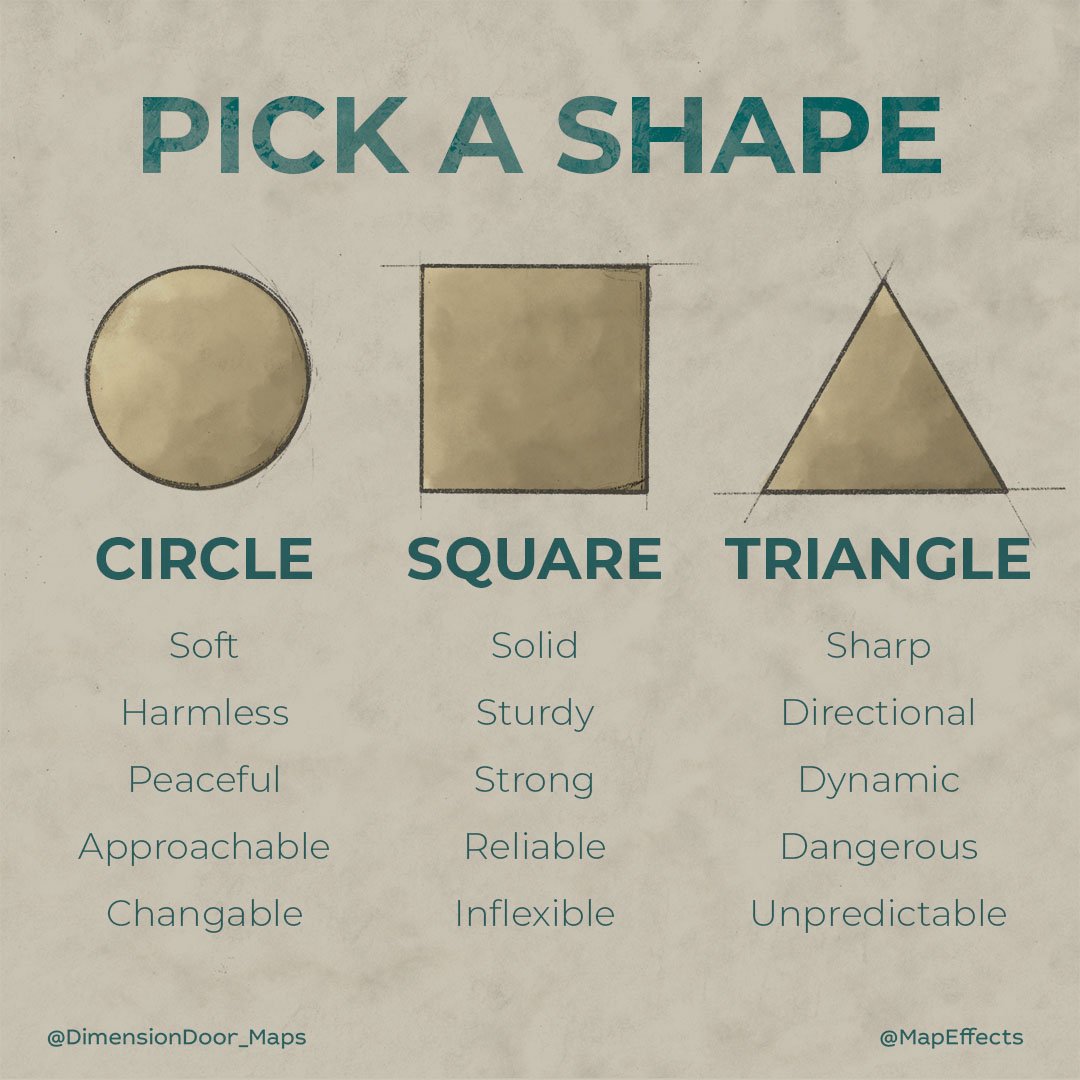Shape language, an intriguing realm of nonverbal communication, invites us to explore the captivating interplay between form and meaning. Throughout history and across cultures, shapes have served as a powerful tool for conveying emotions, ideas, and stories.
From the intricate patterns adorning ancient artifacts to the subtle gestures that shape our body language, shapes have the ability to influence our perceptions, emotions, and behaviors. In this comprehensive guide, we delve into the fascinating world of shape language, deciphering its cultural variations, practical applications, and profound impact on our lives.
Definition and Overview of Shape Language
Shape language, also known as body language, is a form of nonverbal communication that involves the use of body movements, gestures, and postures to convey messages. It plays a significant role in human interaction, as it can express emotions, intentions, and thoughts without the use of words.
Shape language has a long history and has been observed in various cultures across the world. It is believed that the origins of shape language can be traced back to the early stages of human evolution, when gestures and body movements were used as a means of communication before the development of spoken language.
Historical and Cultural Context of Shape Language
Shape language has evolved over time and has been influenced by cultural factors. Different cultures have developed their own unique set of gestures and body movements that convey specific meanings. For example, in some cultures, a nod of the head may indicate agreement, while in others it may indicate disagreement.
The historical and cultural context of shape language is important to consider when interpreting nonverbal cues. By understanding the cultural background of an individual, we can better understand the meaning behind their body language.
Types of Shapes and Their Meanings

Shape language, also known as morphosyntax, is a non-verbal communication method that utilizes the shapes, sizes, and positions of body parts to convey messages. Different shapes and forms can hold specific meanings and interpretations, allowing individuals to communicate without words.
In this section, we will explore the common shapes used in shape language and provide examples of their typical meanings and interpretations. We will organize this information in an easy-to-read HTML table for clarity.
Common Shapes and Their Meanings
| Shape | Meaning |
|---|---|
| Circle | Unity, wholeness, infinity |
| Square | Stability, balance, order |
| Triangle | Action, movement, direction |
| Rectangle | Structure, organization, stability |
| Oval | Flow, movement, fluidity |
| Spiral | Growth, evolution, transformation |
| Zigzag | Energy, excitement, unpredictability |
| Wave | Grace, flexibility, adaptability |
Cultural Variations in Shape Language
The meaning of shapes can vary significantly across different cultures, as they are often influenced by historical, religious, and social factors. This can lead to different interpretations of the same shape in different contexts.
Examples of Cultural Variations, Shape language
- Circle:In many Western cultures, the circle represents unity, wholeness, and infinity. However, in some Eastern cultures, it may symbolize the sun or the moon.
- Triangle:In Christianity, the triangle represents the Holy Trinity (Father, Son, and Holy Spirit). In other cultures, it may symbolize balance, stability, or the number three.
- Square:In Chinese culture, the square represents the earth and stability. In Islamic architecture, it is often used to represent mosques and other religious buildings.
- Star:In the United States, the star is often associated with patriotism and national pride. In other cultures, it may symbolize guidance, hope, or protection.
- Cross:In Christianity, the cross represents the crucifixion of Jesus Christ. In other cultures, it may symbolize life, death, or the intersection of two paths.
Applications of Shape Language

Shape language finds applications in various fields, each utilizing its principles to convey messages and evoke specific responses.
In psychology, shape language is employed to analyze personality traits, emotions, and cognitive processes. Certain shapes are associated with specific characteristics, such as circles representing warmth and friendliness, and triangles symbolizing strength and dominance. Psychologists use shape tests to assess personality and identify potential psychological issues.
Design
In design, shape language plays a crucial role in creating visually appealing and functional products. Designers carefully select shapes to evoke emotions, convey brand identity, and enhance usability. For instance, rounded shapes often create a sense of comfort and approachability, while sharp angles can convey modernity and efficiency.
Art
In art, shape language is a fundamental element used to create visual compositions, express emotions, and convey narratives. Artists use shapes to create depth, movement, and balance in their works. Different shapes can evoke distinct emotions, such as squares representing stability, and organic shapes conveying a sense of fluidity and growth.
Body Language and Shape Language

Body language and shape language are two closely related forms of nonverbal communication. Body language refers to the physical movements, gestures, and postures that we use to communicate our thoughts and feelings. Shape language, on the other hand, is the use of specific shapes to convey meaning.
Shapes can be incorporated into body language in a variety of ways. For example, we can use our hands to create shapes that represent different objects or concepts. We can also use our bodies to form shapes, such as when we stand in a circle to show unity or form a triangle to represent a hierarchy.
Shapes in Body Language
There are many different shapes that can be used in body language, each with its own unique meaning. Some of the most common shapes include:
- Circles:Circles represent unity, wholeness, and infinity. They are often used in body language to create a sense of community or to show that we are open to new ideas.
- Triangles:Triangles represent stability, strength, and power. They are often used in body language to show that we are confident and in control.
- Squares:Squares represent order, structure, and stability. They are often used in body language to show that we are organized and efficient.
- Rectangles:Rectangles represent balance, harmony, and stability. They are often used in body language to show that we are calm and collected.
Shape Language in Design
Shapes play a crucial role in design, influencing both the perception and functionality of products and environments. Designers harness the power of shapes to convey messages, create visual interest, and enhance usability.
Shape Usage in Graphic Design
In graphic design, shapes are used to create logos, icons, and other visual elements. They can represent concepts, emotions, and ideas. For example, circles often convey unity and completeness, while triangles symbolize stability and strength.
Shape Usage in Architecture
In architecture, shapes determine the form and function of buildings. Square or rectangular buildings prioritize space efficiency, while curved or organic shapes create a more dynamic and inviting atmosphere. The shapes of windows, doors, and other architectural elements can also convey specific messages or styles.
Shape Usage in Product Design
In product design, shapes impact both the aesthetics and functionality of products. Streamlined shapes can reduce drag and improve aerodynamics, while ergonomic shapes enhance comfort and usability. The shape of a product can also influence its perceived value and appeal.
Examples of Effective Shape Usage in Design
| Design Element | Shape | Perception/Functionality |
|---|---|---|
| Logo | Circle | Unity, completeness |
| Building | Curved walls | Dynamic, inviting atmosphere |
| Chair | Ergonomic seat | Enhanced comfort, usability |
| Car | Streamlined body | Reduced drag, improved aerodynamics |
Epilogue: Shape Language
Shape language stands as a testament to the boundless capacity of human expression. By understanding the nuances of shape and form, we gain a deeper appreciation for the complexities of nonverbal communication and its ability to transcend cultural barriers and connect us on a profound level.
As we continue to explore the multifaceted realm of shape language, let us embrace its transformative power to enhance our communication, foster understanding, and create a more visually vibrant and expressive world.
FAQ Resource
What is shape language?
Shape language refers to the use of shapes to convey meaning in nonverbal communication, encompassing both the shapes we draw or create and the shapes formed by our bodies.
How does shape language vary across cultures?
The meaning of shapes can vary significantly across cultures. For example, the circle, which often represents wholeness and unity in Western cultures, may symbolize eternity or the heavens in Eastern cultures.
What are some applications of shape language?
Shape language finds applications in various fields, including psychology, design, and art. In psychology, shapes are used to assess personality traits and emotional states. In design, shapes influence the perception and functionality of products and environments. In art, shapes are used to create visual compositions that evoke emotions and convey ideas.